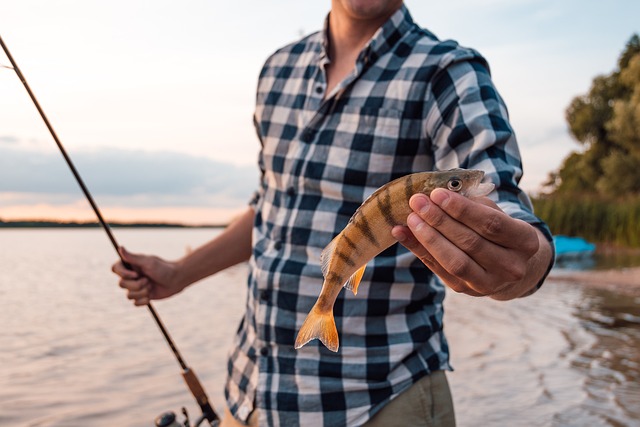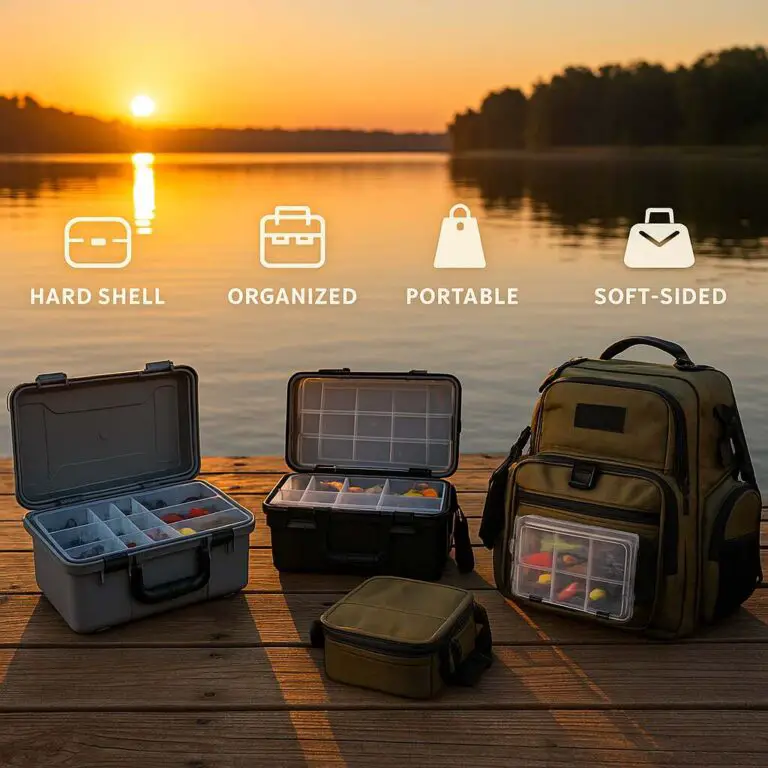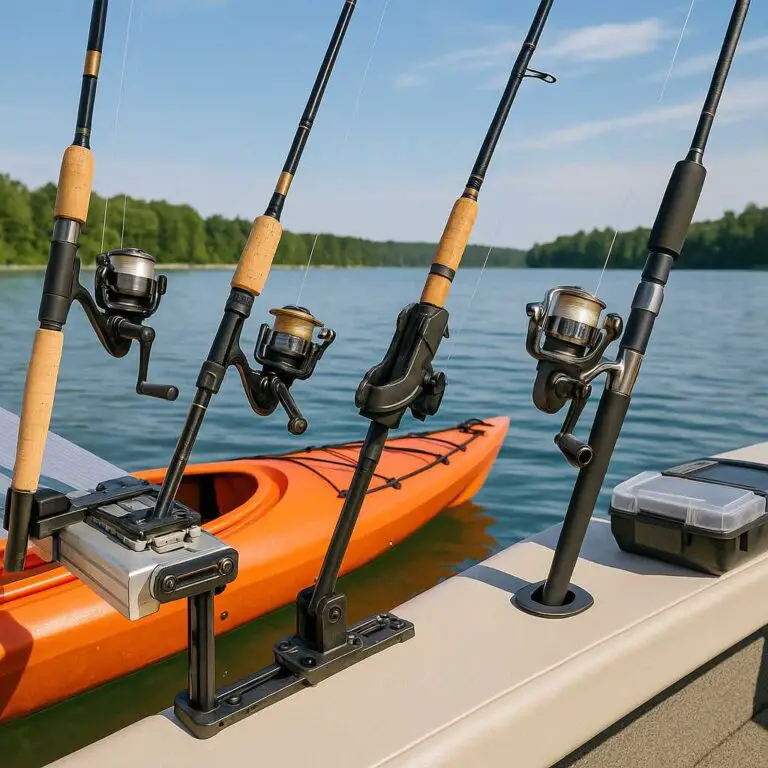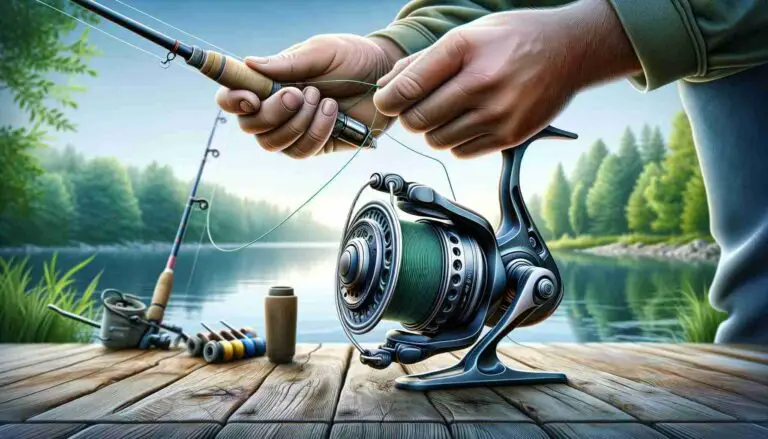If you’ve ever cast your line out onto the water, you know that there’s a lot more to fishing than meets the eye. One of the most essential and intriguing aspects of this beloved pastime is choosing the right bait. Yes, the bait! It’s not just about throwing anything on the hook and hoping for the best; it’s about knowing what the fish are biting and using it to your advantage.
In this comprehensive guide, I’ll explore everything you need to know about what to use as bait for fishing. Whether you’re a seasoned angler or a novice just dipping your toes in the water, I’m sure you’ll reel in something valuable from this post. From the tried-and-true favorites to the most effective artificial baits and even some unconventional options, I’ve got you covered. So, let’s dive in, shall we?
The Art of Choosing the Right Fishing Bait
Every successful fishing trip starts with one crucial decision – selecting the right bait. This is the art that every angler must master to consistently reel in those prize catches. But why does bait choice matter so much?
Simply put, different fish have different dietary preferences. Bass, for instance, might go wild for live worms, while trout might prefer insects or smaller fish. Then there are fish that couldn’t care less about your carefully chosen live bait but will pounce on an artificial lure in the blink of an eye. It’s all about understanding the fish species you’re targeting and their natural diet.
In addition, local fishing regulations can significantly impact your bait choices. Certain types of bait may be restricted in some areas to protect the local ecosystem. For example, some places ban the use of live bait to prevent the introduction of invasive species. So, always make sure to familiarize yourself with the local regulations before you hit the water.
In the sections to follow, I’ll delve deeper into the different types of bait, including live bait, artificial bait, and even some unconventional options. I’ll also provide specific recommendations for various fish species to help you boost your chances of landing that big catch. Get ready to step up your fishing game!
Live Bait: The Natural Choice for Many Fish Species
Live bait has been a go-to choice for anglers for centuries and for a good reason. After all, what’s more, enticing to a fish than the real deal? Whether you’re targeting bass, trout, or catfish, live bait can often prove irresistible.
Let’s take a closer look at some of the most popular live bait options:
- Worms: These wriggling creatures are a universal favorite among fish. Earthworms, nightcrawlers, and red wigglers are all excellent choices.
- Minnows: Minnows are small fish that many larger fish species naturally prey upon. They work exceptionally well for predatory fish like bass and pike.
- Insects: Insects like crickets, grasshoppers, and even certain types of larva can be a top pick, especially for freshwater species like trout.
Handling and storing live bait requires care. Keep them in a cool, dark place until it’s time for them to hit the water. Use bait containers designed to keep your bait alive and kicking for as long as possible.
Here are some fish-specific tips:
- Bass: Bass love live bait. Earthworms, minnows, and crawfish are top picks. Rig them to move naturally in the water to entice these predators.
- Trout: Trout are insectivores, so insects like mayflies, caddisflies, and stoneflies can work wonders. Don’t overlook earthworms either – they’re a trout favorite.
- Catfish: Catfish rely heavily on their sense of smell, so stink baits or chicken liver can be incredibly effective. Nightcrawlers also work well.
Remember, using live bait is not just about hooking it and waiting. It’s about presenting it in the most natural and appealing way possible. Master that, and you’re well on your way to a successful fishing trip.
Artificial Bait: Convenient, Durable, and Sometimes Just as Effective
Artificial bait is a fantastic alternative to live bait and is a staple in many anglers’ tackle boxes. Not only is it convenient and durable, but when used correctly, it can be just as effective as live bait. And sometimes, it can even outperform the real thing.
Let’s explore the world of artificial bait:
- Lures: Lures come in a dizzying array of shapes, sizes, and colors. They are designed to mimic the look and movement of prey, enticing fish to strike. Examples include spinners, spoons, and crankbaits.
- Jigs: Jigs are versatile baits that can be used in both freshwater and saltwater fishing. They’re weighted to sink and create a vertical motion that attracts fish.
- Plastic worms: These are a favorite among bass fishermen. They’re available in various colors and sizes to suit different conditions and preferences.
The key to using artificial bait effectively is understanding the behavior of the fish you’re targeting.
- For instance, bass are aggressive predators and lures that mimic their prey, like crankbaits or plastic worms, can be highly effective.
- Trout, on the other hand, often respond well to spinners that imitate small, fast-moving prey.
- When it comes to catfish, they’re usually more interested in scented baits. Artificial baits soaked in scent attractants can do the trick.
Artificial baits offer the added advantage of being reusable, making them a cost-effective choice in the long run. Plus, you don’t have to worry about keeping them alive, which makes them convenient for those long fishing trips. So, don’t shy away from giving artificial bait a try. It might just land you that trophy fish!
Unconventional Baits: When You Want to Try Something Different
Sometimes, thinking outside the bait box can lead to some unexpectedly exciting fishing adventures. Unconventional baits may not be the first thing you reach for when you’re gearing up for a fishing trip, but they can sometimes be just the ticket to lure in a wary fish.
Let’s take a look at some of these unconventional bait options:
- Corn: Believe it or not, canned sweet corn can be a real winner in the bait department. Carp, in particular, seem to love it.
- Bread: A small piece of bread can be surprisingly effective, especially for surface-feeding fish like mullet or carp.
- Cheese: Stinky cheeses can be a great choice for bottom-feeding fish like catfish and carp.
These unconventional baits come with the added benefit of being readily available in your kitchen pantry. But remember, as with any bait, the key is to present it in a way that mimics the natural food of the fish you’re targeting.
There’s no shortage of stories from anglers who’ve had surprising success with these and other unconventional baits. One angler might swear by using hot dogs for catfish, while another might have a secret family recipe for homemade carp bait.
So, the next time you’re feeling adventurous, why not try some unconventional bait? Who knows, you might stumble upon a secret weapon that works wonders in your local fishing spot!
Essential Bait Tips for Different Fishing Environments
Understanding the environment you’re fishing in is just as crucial as knowing the type of fish you’re targeting. Different environments – like saltwater, freshwater, and ice fishing – often require different types of bait. Even factors like the time of day and weather can play a role in your bait selection.
Let’s delve into some essential bait tips for different fishing environments:
- Saltwater Fishing: Saltwater fish species usually respond well to live baits like shrimp, crabs, or small baitfish. Artificial lures designed for saltwater use can also be highly effective.
- Freshwater Fishing: Freshwater species have a wide range of preferences. Live baits like worms, minnows, or insects are often successful. Artificial baits like spinners, jigs, or plastic worms can also work wonders.
- Ice Fishing: During ice fishing, live bait like waxworms, minnows, or power bait often prove successful due to their movement and scent in the cold water. Small, brightly colored jigs are also popular.
Weather and the time of day also play a part in bait selection. Some fish are more active during certain times of the day and may be more likely to take bait during these periods. Similarly, different weather conditions can impact fish behavior and influence your bait choice.
Moreover, it’s crucial to match your bait to the local ecosystem. A bait that imitates the natural food source of the fish in your chosen spot will likely yield the best results.
So, always be sure to take a moment to understand the environment you’re fishing in. Adapting your bait choice to match can make the difference between a good day of fishing and a great one!
How to Make Your Own Fishing Bait at Home
If you’re a DIY enthusiast or simply want to try something different, making your own fishing bait at home can be a fun and rewarding endeavor. Not only can you save some money, but you can also tailor your bait to the specific tastes of the local fish.
Here are some simple steps to create your own fishing bait:
- Dough balls: Mix flour, cornmeal, and enough water to create a doughy consistency. You can add flavorings like vanilla extract or garlic powder to make it more enticing to the fish. Roll the dough into small balls, boil them until they harden, and let them cool. Voila, you’ve got simple dough ball baits!
- DIY stink bait: For fish like catfish that rely on their sense of smell, you can create your own stink bait. Mix cheese, garlic, chicken livers, and fish oil. Let the mixture sit in the sun for a few days to ripen (just remember to keep it far from your living quarters!).
- Homemade lures: You can even make your own artificial lures. Bottle caps, spoons, or pieces of cloth can be fashioned into effective lures with a bit of creativity.
Remember, making your own bait allows you to experiment. You can tweak your recipes based on what works and what doesn’t. Before you know it, you may develop a secret recipe that the fish in your local waters simply can’t resist.
So, why not give homemade bait a try? It’s a great way to add another layer of personal satisfaction to your fishing trips. You’ll know that the fish you catch are not just down to skill, but also down to the bait you crafted with your own hands.
Lures vs. Live Bait for Bass Fishing: How to Catch More Bass
Conclusion
Well, there you have it – my comprehensive guide on what to use as bait for fishing. I’ve traveled through the wonderful world of live bait, explored the convenience and versatility of artificial bait, ventured into the realm of unconventional bait choices, and even dipped our toes into the exciting world of homemade bait.
Remember, choosing the right bait is an art form that combines knowledge, skill, and sometimes, a little bit of luck. It’s about understanding the fish you’re targeting, the environment you’re fishing in, and presenting your bait in the most appealing way possible.
While I’ve covered a lot in this guide, the world of fishing is vast and full of possibilities. So, don’t be afraid to experiment, try new things, and find what works best for you. Each fishing trip is an opportunity to learn and improve.
I hope this guide has been both informative and inspiring, and that it will help you to reel in some memorable catches on your future fishing trips. Remember, the journey is just as important as the catch. So, enjoy every moment you spend out there on the water, rod in hand and hope in heart.
Happy fishing!








